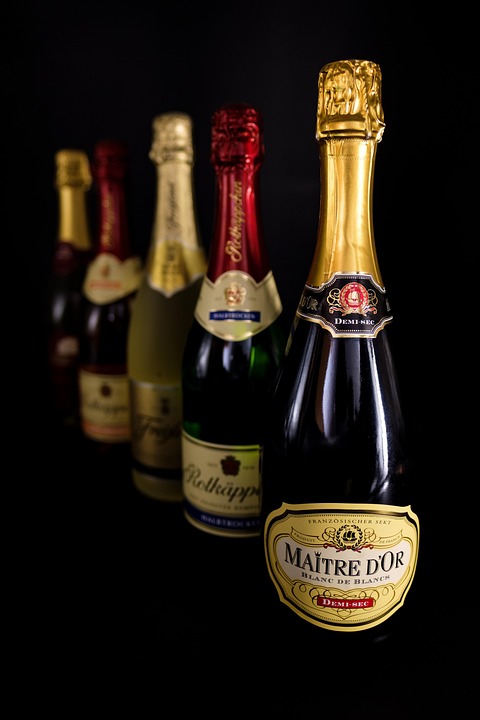Beverage Brands and Environmental Responsibility
In recent years, there has been a growing awareness of the environmental impact of the beverage industry. From plastic pollution to water scarcity, beverage brands are under increasing pressure to balance their growth with environmental responsibility. In this report, we will explore how beverage brands are addressing these challenges and the strategies they are implementing to promote sustainability.
Current State of the Beverage Industry
The beverage industry is a vast and diverse sector that encompasses a wide range of products, including soft drinks, juices, teas, coffees, and alcoholic beverages. According to a report by Grand View Research, the global beverage market was valued at $1.5 trillion in 2020 and is projected to reach $1.9 trillion by 2027, with a compound annual growth rate (CAGR) of 3.1%.
One of the key drivers of growth in the beverage industry is the increasing demand for convenience and on-the-go consumption. As a result, beverage brands are constantly innovating and introducing new products to cater to changing consumer preferences. However, this growth comes at a cost to the environment, with the production and consumption of beverages contributing to issues such as greenhouse gas emissions, water pollution, and waste generation.
Challenges Faced by Beverage Brands
Beverage brands face a number of challenges when it comes to balancing growth with environmental responsibility. One of the biggest challenges is the reliance on single-use packaging, such as plastic bottles and cans, which contribute to plastic pollution and take hundreds of years to decompose. According to the Ellen MacArthur Foundation, only 14% of plastic packaging is recycled globally, with the rest ending up in landfills or the environment.
Another challenge is the water footprint of beverage production, particularly for products that require large amounts of water, such as soft drinks and juices. According to the World Wildlife Fund, it takes an average of 74 liters of water to produce a single 330ml can of soda, highlighting the significant impact of beverage production on water resources.
Strategies for Environmental Responsibility
To address these challenges, beverage brands are implementing a variety of strategies to promote environmental responsibility and sustainability. One of the key strategies is reducing the use of single-use packaging and increasing the use of recyclable or biodegradable materials. For example, Coca-Cola has committed to making all of its packaging recyclable by 2025 and using at least 50% recycled materials in its packaging by 2030.
Another strategy is reducing water usage in production processes. PepsiCo, for example, has implemented water conservation measures in its manufacturing facilities, resulting in a 27% reduction in water usage per unit of production since 2006. Additionally, beverage brands are investing in water stewardship initiatives to protect water sources and promote sustainable water management practices.
Industry Collaboration and Innovation
In addition to individual efforts, beverage brands are also collaborating with industry partners, NGOs, and governments to drive collective action on environmental issues. For example, the Beverage Industry Environmental Roundtable (BIER) brings together leading beverage companies to share best practices and develop industry-wide sustainability standards.
Furthermore, beverage brands are investing in innovation to develop more sustainable products and packaging solutions. For example, Carlsberg has introduced the world’s first paper beer bottle, made from sustainably sourced wood fibers, as part of its commitment to eliminate plastic packaging by 2030. Similarly, Danone has launched a plant-based water bottle made from 100% renewable materials, as part of its efforts to reduce its carbon footprint.
Conclusion
In conclusion, beverage brands are facing increasing pressure to balance their growth with environmental responsibility. By implementing strategies such as reducing single-use packaging, conserving water, and collaborating with industry partners, beverage brands can promote sustainability and reduce their environmental impact. As consumer awareness of environmental issues continues to grow, beverage brands must prioritize sustainability to remain competitive and ensure a sustainable future for the industry.




